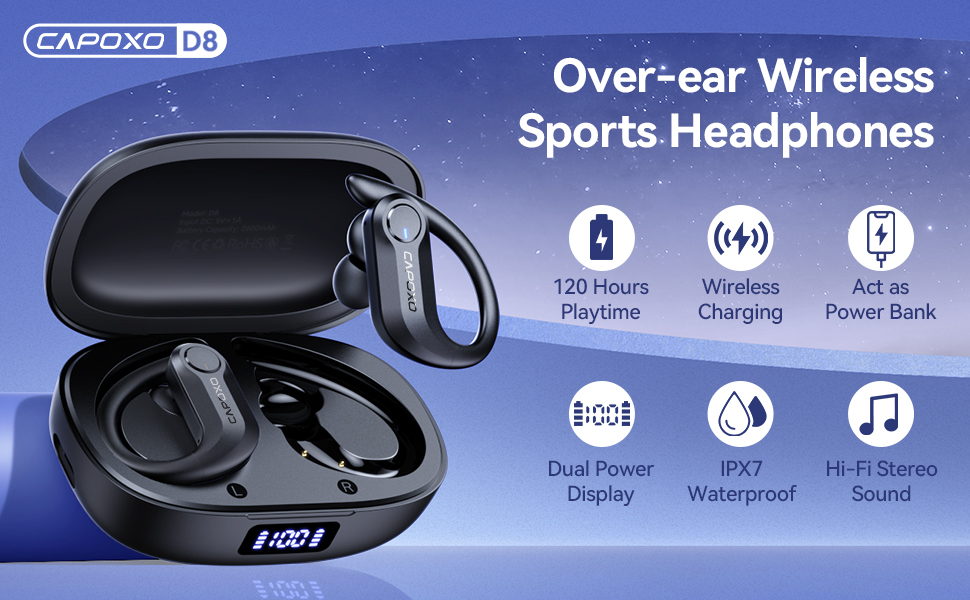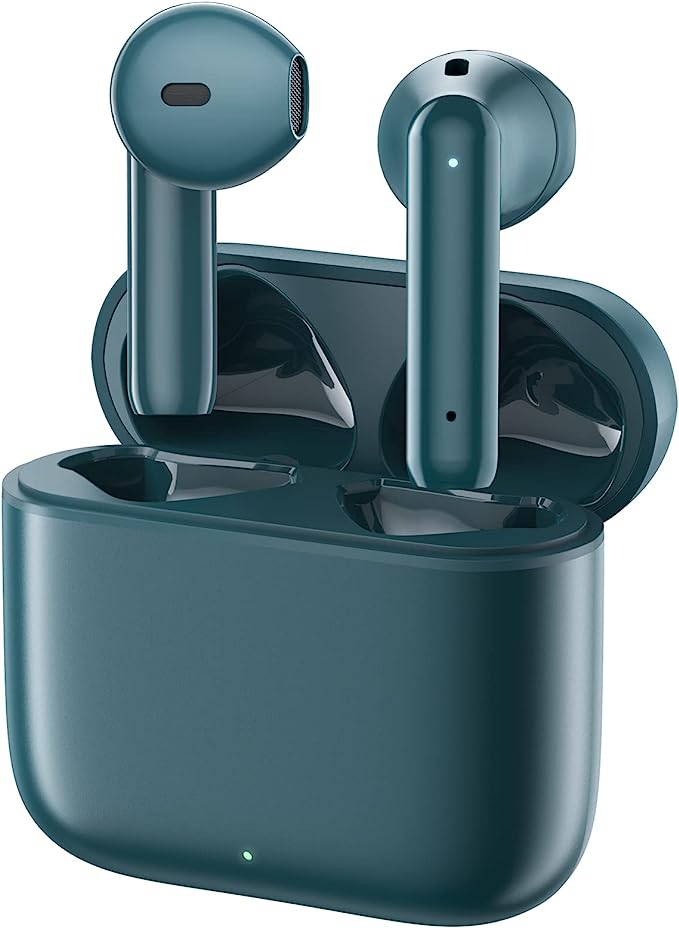Your Guide to the Invisible World: Getting Started with a Malachite DSP2 SDR Radio Receiver
Update on Oct. 29, 2025, 6:56 p.m.
Right now, all around you, an invisible world is humming with activity. Your phone is having a silent conversation with a cell tower miles away. Your car’s navigation system is listening to whispers from satellites orbiting high above the Earth. Pilots are calmly coordinating with controllers in the sky overhead. This constant, silent symphony of signals is the nervous system of our modern world.
What if you could not only listen in but also see this hidden world? What if you had a key that could unlock it all?
For decades, the world of radio listening was dominated by traditional receivers. Think of them as beautiful, intricate music boxes, each designed to play only one specific tune. They were masters of their craft but limited by their physical design. To listen to a different type of signal, you needed a different kind of radio. Today, a revolution born from pure computing power has changed everything. It’s called Software-Defined Radio (SDR), and it’s your master key to the entire spectrum.

Your New Superpower: Understanding Software-Defined Radio
So, what is an SDR, really? Let’s skip the dense engineering jargon.
Imagine a traditional radio is a flute, physically built to produce a specific range of notes. If you want to hear a violin, you need a completely different instrument.
Now, imagine an SDR. It isn’t an instrument; it’s a world-class recording studio. It uses a powerful, wide-range microphone—the antenna and a component called an Analog-to-Digital Converter (ADC)—to record the entire orchestra at once. Every note from every instrument, from the deepest rumble of a tuba to the highest shriek of a piccolo, is captured as a massive, pristine digital audio file.
This is where the magic happens. Inside the radio, a specialized computer chip called a Digital Signal Processor (DSP) acts as your sound engineer. You, the listener, simply tell the engineer—via software—which instrument you want to hear. “Isolate the violins,” you command with a tap on the screen. The DSP instantly runs a “violin algorithm,” filtering out everything else and presenting you with a crystal-clear violin solo. Want to hear the flute now? Just select the “flute algorithm.”
That’s the core of SDR. The hardware is a powerful listener, but the software is the radio. A device like the GOOZEEZOO Malachite DSP2 is the perfect example of this principle in action. It’s not just a receiver; it’s a versatile, programmable instrument for exploring the entire radio spectrum.

Meet Your Instrument for Discovery
When you first hold a well-built SDR like the Malachite DSP2, you realize it’s not a typical consumer gadget. Its body, milled from solid aluminum, has the cool, reassuring heft of a scientific tool. This is a device built for a purpose.
Its 3.5-inch touchscreen is your real-time window into that invisible world. On it, the radio spectrum comes alive as a “waterfall display”—a flowing cascade of color where signals appear as bright streaks against a dark background. It’s the radio ether, finally made visible. You can literally see a conversation before you hear it.
But its true strength is its incredible hearing. With a frequency range stretching from the deep hum of 10 kHz (longwave signals that can travel through water) all the way up to the bustling microwave chatter at 2 GHz, it’s a cartographer’s tool for the entire radio map.
The specifications sheet will tell you it has a sensitivity of 0.3 microvolts (μV). What that clinical number means in the real world is an almost supernatural ability to pull a coherent voice out of what sounds like pure static. It’s like being able to hear a single person’s whisper from across a roaring stadium. This is achieved through both excellent hardware design and the sheer power of its DSP.
This is where you see the artistry in the software. With older radios, fighting noise was a constant battle of turning knobs. With the Malachite, it’s a surgical procedure. The Digital Noise Reduction (NR) algorithm acts like a sculptor. It analyzes the incoming signal, learns the difference between the chaotic, random pattern of static and the structured, coherent pattern of a voice or data signal, and then digitally chips away the noise. The result can be astonishing, transforming a barely intelligible whisper into a clear, understandable voice.

Your First Expeditions into the Ether
So, what can you actually do with an instrument like this? You become an explorer. Here are a few expeditions you can take on your very first day.
Expedition 1: Listening to the World After Dark
Take your SDR outside as dusk settles, far from the electronic noise of your home. Extend the telescopic antenna and tune to the shortwave bands (try starting between 5,000 and 15,000 kHz). After sunset, the Earth’s ionosphere becomes a giant mirror for these radio signals, allowing them to bounce around the globe.
Suddenly, a voice speaking Spanish fades in. A quick search online confirms it’s Radio Havana, Cuba, its signal having traveled thousands of miles to reach your antenna. This isn’t an internet stream; you are receiving physical waves that have completed an epic journey. A little later, you might hear the broadcast of a station from China, Japan, or Romania. You are, quite literally, listening to the world.
Expedition 2: Decoding Invisible Messages
While scanning a ham radio band (like the 40-meter band around 7,000 kHz), you spot something odd on the waterfall display: a faint, pulsing streak that is completely inaudible. It looks like a digital ghost. This is where the real power of SDR shines.
You engage the built-in FT8 decoder on the Malachite. The DSP goes to work, analyzing this impossibly weak signal. Seconds later, text appears on your screen: a radio operator in Italy is communicating with another in Brazil. They are having a complete conversation using a signal that is technically weaker than the background static, often with less power than a single LED Christmas light. You are witnessing communication at the very edge of what is physically possible.
Expedition 3: Becoming a Silent Co-Pilot
Tune up to the VHF airband (between 118 and 137 MHz). The voices here are different: calm, clear, and professional. You’ll hear the pilots of a transatlantic flight checking in with air traffic control, getting instructions for their approach. You are a silent observer in the cockpit, a privileged listener to the complex, invisible ballet that keeps our modern world in motion. With a good antenna, you can hear planes from a hundred miles away or more.
These are just three of the countless hidden worlds a device like the Malachite DSP2 unlocks. It is not a passive gadget for consuming media. It is an active tool for discovery. It represents the democratization of incredibly powerful technology, inviting anyone with a spark of curiosity to become a scientist, an explorer, and a listener to the grand, invisible symphony of the ether. The age of radio isn’t over; for you, it has just begun.


































